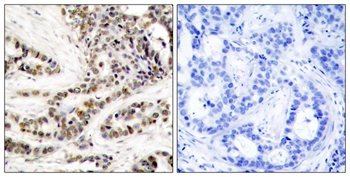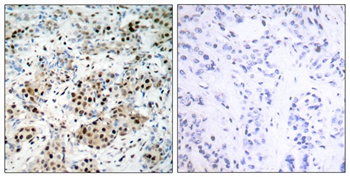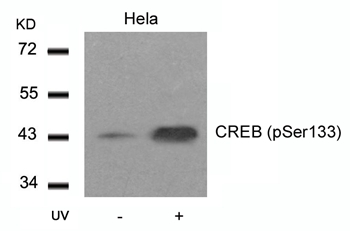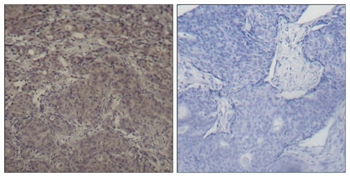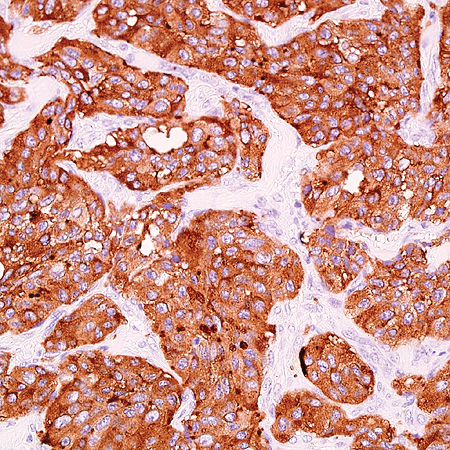Young blood reverses aging
Young blood reverses aging
Neurodegenerative diseases and cognitive impairments are becoming major issues as human lifespan increases. With the severe problems posted by increased proportions of elderly populations especially in developed countries, it is crucial to search for a solution to improve cognitive functions, or even to slow down aging process itself.
Published in Nature Medicine May 2014, Tony Wyss-Coray and colleagues explained how the synaptic plasticity and cognitive function of old mice can be improved and rejuvenated by exposure to blood from young mice. Microarray results show that gene expression profiling between isochronic (old-old) and heterochronic (young-old) populations are different. They further investigated the expression level of pSer133 of CREB protein in these two experimental settings and found that CREB is highly phosphorylated in the heterochronic mice. The effect is reversed when dominant-negative DNA binding-incompetent form of CREB is AAV-infected into the brains of mice before performing isochronic or heterochronic parabiosis.
arigo has a series of CREB antibodies, including CREB (ARG51049), CREB pSer-129 (ARG51756), CREB pSer-142 (ARG51776) and CREB pSer-133 (ARG51556) antibodies for the studies of post-translational modification of CREB protein. Synaptic markers such as PSD-95 (ARG52404), Synapsin-1 (ARG52427) or Synaptophysin (ARG53623) antibodies are also helpful tools for the investigation of synaptic plasticity in these animal models.
|
ARG51756 CREB (phospho Ser129) antibody
|
|
|
ARG51556 CREB (phospho Ser133) antibody
|
|
|
ARG51776 CREB (PhosphoSer142) Antibody
|
|
|
ARG53622 Synaptophysin antibody [SP11]
|
|
